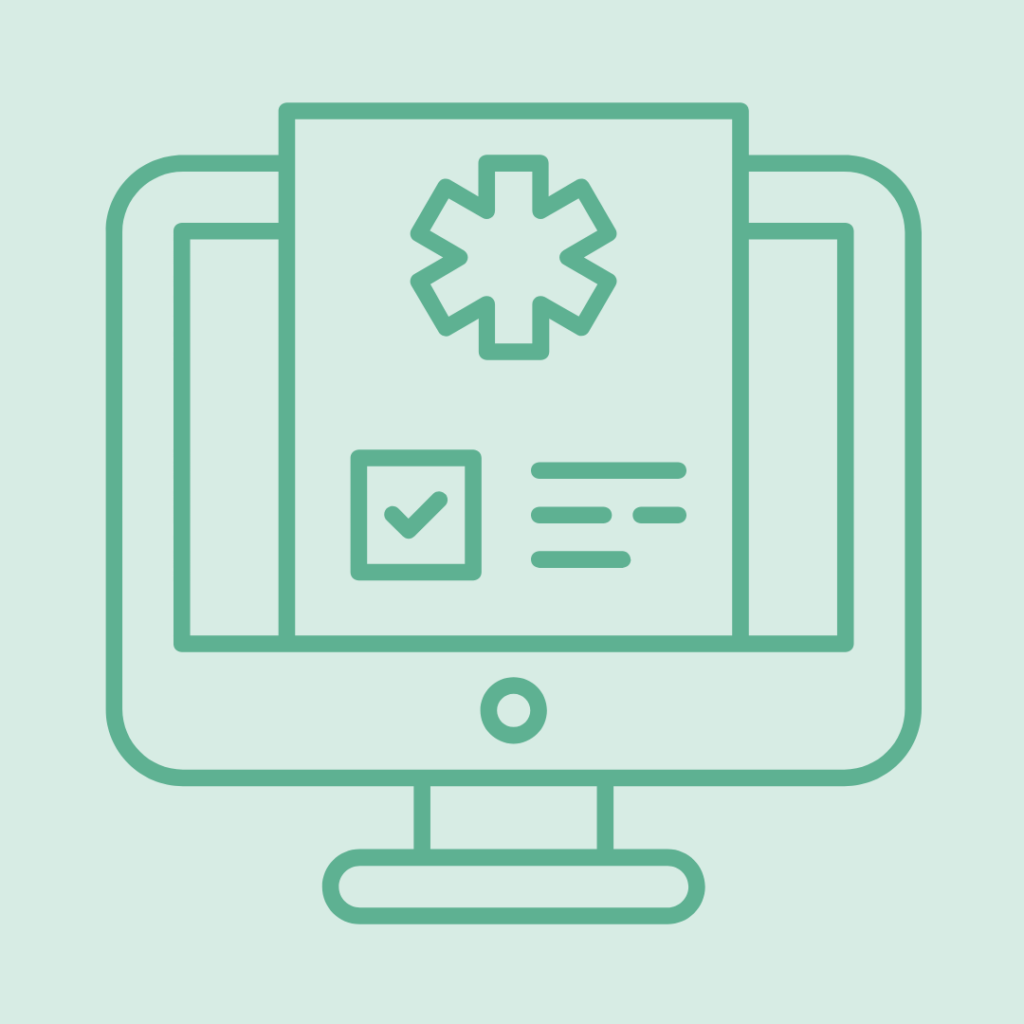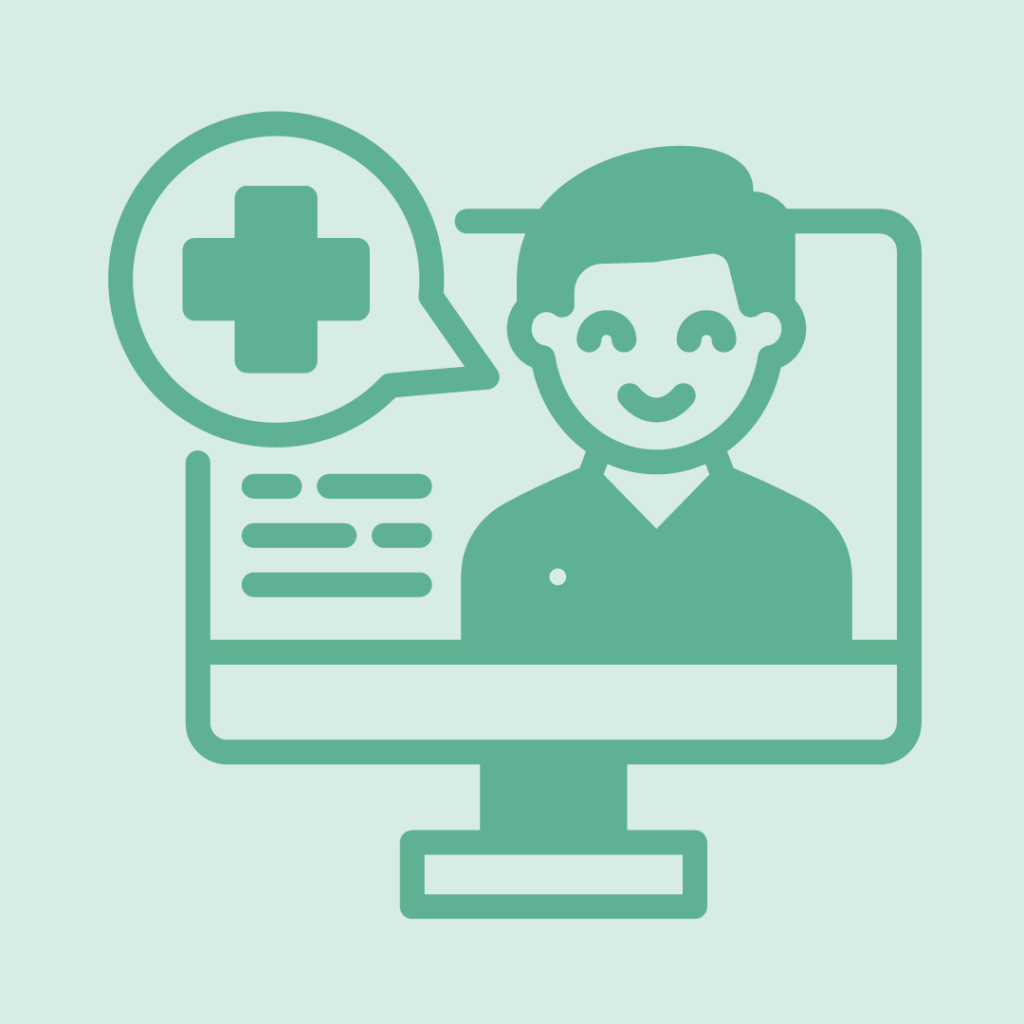Anaphylaxis Treatment
6am - midnight, 7 days a week
Accessible from anywhere in Australia.
eScript in minutes
Medication delivery
What is anaphylaxis?
Anaphylaxis is the most severe type of allergic reaction, triggered by specific factors such as certain foods, insect stings or bites, and some medications. It is a medical emergency due to its rapid onset and potentially life-threatening nature.

Low Blood Pressure Treatment Options

Online Prescriptions
- For when your script has run out
- Script sent to your phone
- Doctor approved

Telehealth Consultations
- When you need to speak to a doctor
- Online, Video & Phone Call or Message
- Fast access to medical advice
Medical Certificates
- For when your script has run out
- Script sent to your phone
- Doctor approved

Anaphylaxis symptoms
Anaphylaxis is a severe and potentially life-threatening allergic reaction that occurs rapidly after exposure to an allergen. Common symptoms include swelling of the face, lips, tongue, or throat, which can cause difficulty breathing or swallowing. Skin reactions such as hives, itching, or redness are also frequent. Other symptoms might include nausea, vomiting, abdominal pain, or diarrhea. Some individuals experience dizziness, fainting, or a rapid and weak pulse due to a sudden drop in blood pressure. These symptoms can escalate quickly, making immediate recognition and response crucial.
Dangers of anaphylaxis
The dangers of anaphylaxis lie in its rapid progression and life-threatening effects if not treated promptly. Swelling of the airway can lead to respiratory failure, while the dramatic drop in blood pressure, known as anaphylactic shock, can result in organ failure or cardiac arrest. Without timely intervention, such as administering epinephrine, anaphylaxis can become fatal. Even in cases where symptoms initially appear mild, they can worsen unpredictably, highlighting the importance of emergency medical care to prevent severe outcomes.

Need a Specialist Referral?Get Yours in a Few Simple Steps!
Skip the long clinic waits and get referred to a specialist in minutes. The process is fast, secure, and simple.
- Quick access to specialist referrals – no in-person appointments needed
- Telehealth consultations with trusted, licensed doctors
- Fast, reliable service – referrals sent directly to your chosen specialist
- Convenient and affordable healthcare from your home
- No hidden costs – just simple, upfront pricing
Frequently Asked Questions About Anaphylaxis Treatment
How is anaphylaxis treated?
The primary treatment for anaphylaxis is the administration of epinephrine through an auto-injector (e.g., EpiPen®). Epinephrine works quickly to reduce swelling, improve breathing, and stabilize blood pressure. Emergency medical attention should always follow the use of epinephrine to monitor for recurrent symptoms.
How does an epinephrine auto-injector work?
An epinephrine auto-injector is a pre-filled device designed to deliver a single dose of epinephrine into the thigh muscle. Once injected, it works within minutes to counteract the symptoms of anaphylaxis by:
- Constricting blood vessels to raise blood pressure.
- Relaxing airway muscles to improve breathing.
- Reducing swelling and hives.
When should epinephrine be used?
Epinephrine should be used at the first sign of a severe allergic reaction, such as difficulty breathing, swelling of the throat, or a sudden drop in blood pressure. Delaying treatment can increase the risk of complications.
Can anaphylaxis symptoms return after treatment?
Yes, a second wave of symptoms, known as biphasic anaphylaxis, can occur hours after the initial reaction. For this reason, it is critical to seek emergency medical care after using an epinephrine auto-injector, even if symptoms improve.
What are the side effects of epinephrine?
pinephrine is generally safe when used as prescribed. Possible side effects include:
- Increased heart rate.
- Tremors or shaking.
- Anxiety or restlessness.
- Temporary headache or dizziness.
- These effects are usually short-lived and less severe t
Can anaphylaxis be prevented?
Preventing anaphylaxis involves identifying and avoiding known allergens. Common strategies include:
- Reading food labels carefully.
- Communicating allergies in restaurants and medical settings.
- Wearing a medical alert bracelet.
- Carrying an epinephrine auto-injector at all times.

